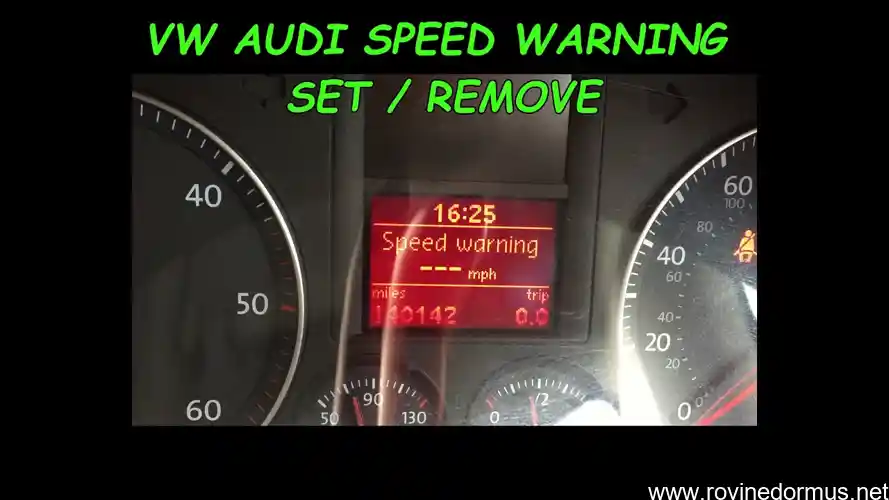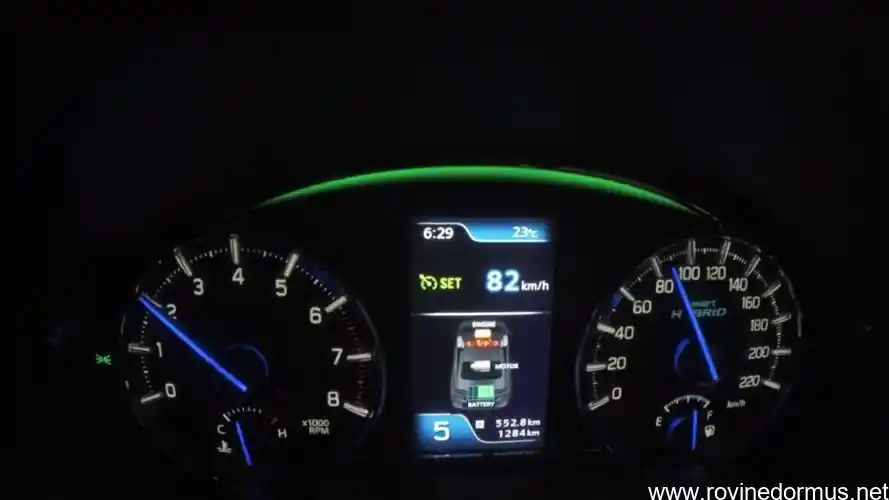**Introduction: Understanding the Speed Warning System and Its Implications**Speed warning systems play a crucial role in promoting road safety by providing audible or visual alerts when a vehicle exceeds a predetermined speed limit. While these systems are designed to enhance driver awareness and encourage compliance, there may be certain scenarios where drivers may consider disabling them. This comprehensive article delves into the reasons and circumstances under which disabling the speed warning system may be contemplated. We will explore the step-by-step process for deactivating the system, discussing different methods applicable to various vehicle makes and models. Additionally, we will examine the potential consequences of disabling the system, including legal implications and safety considerations. Finally, we will suggest alternative safety measures that can be implemented to maintain vigilance and mitigate the risks associated with disabling the speed warning system.
Why and When Should You Disable the Speed Warning System?

If you’re wondering about the reasons behind disabling your speed warning system, there are a few scenarios to consider. Firstly, if your system malfunctions and triggers false warnings, it can become an annoying distraction while driving. Disabling it temporarily can provide peace of mind and allow you to focus on the road. Secondly, certain off-road situations, like navigating rough terrain or driving through deep water, may require exceeding the speed limit for safety reasons.
Disabling the system in these instances can prevent it from constantly sounding off. However, it’s crucial to remember that disabling the speed warning system should only be done when necessary and with caution. Always prioritize safety and adhere to the speed limits to avoid potential risks.
Step-by-Step Guide to Deactivating the Speed Warning System

When it comes to keeping an eye on your speed while driving, the speed warning system can be a helpful tool. However, there may be times when you want to turn it off. Perhaps you’re driving on a race track or in an off-roading situation where the speed limit is irrelevant. Whatever the reason, deactivating the speed warning system is a relatively simple process that can be done in a few steps.
In this guide, we’ll walk you through the steps for various vehicle makes and models, so you can disable the speed warning system quickly and easily.
Different Methods for Various Vehicle Makes and Models
Disabling your speed warning system may seem like a tempting proposition, but it’s crucial to understand the potential consequences before taking the plunge. Turning off this safety feature can lull you into a false sense of security, leading to unintentional speeding and increasing your risk of accidents. Additionally, it may land you in hot water with the law, as many jurisdictions have strict regulations regarding the use of speed warning systems. Before you decide to disable this vital safety feature, weigh the potential risks carefully and consider alternative safety measures that can help you maintain a safe driving speed.
.
Potential Consequences of Disabling the Speed Warning System

Disabling the speed warning system can have several potential consequences, ranging from safety hazards to legal implications. By overriding this crucial safety feature, you are essentially reducing your awareness of your speed, which can lead to excessive speeding and increased risk of accidents. Moreover, tampering with or disabling vehicle safety systems may void your manufacturer’s warranty, leaving you financially responsible for any repairs or damages caused by the deactivation. It is also worth noting that in some jurisdictions, disabling the speed warning system is illegal, carrying fines or other penalties.
Therefore, before considering deactivating this system, carefully weigh the potential consequences and explore alternative safety measures to ensure responsible driving habits.
Legal Implications of Turning Off the Speed Warning System

Navigating the legal landscape can be a complex task, especially when it comes to altering your vehicle’s safety systems. Deactivating the speed warning system may seem like a minor adjustment, but it carries potential legal implications that you need to be aware of. Laws governing vehicle modifications vary across different jurisdictions, so it’s crucial to research the specific regulations in your area before making any changes. Some regions may have strict prohibitions against disabling safety features, while others may allow it under certain conditions.
Failure to comply with these regulations can result in fines, penalties, and even legal liability in the event of an accident. It’s always advisable to consult with legal professionals or refer to official sources to ensure that your actions align with the law.
Variations in Regulations Across Different Jurisdictions
Disabling the speed warning system may seem like a tempting prospect, but it’s crucial to be aware of the potential legal consequences. Depending on the jurisdiction where you reside, driving without a functional speed warning system could result in penalties. For instance, in some countries, it’s mandatory to have a working speed warning system installed in your vehicle. Violating this regulation can lead to fines, points on your driving record, or even the impounding of your vehicle.
Before you decide to disable the speed warning system, it’s essential to research the legal implications in your area. Familiarize yourself with the specific laws and regulations that apply to this action. By staying informed, you can avoid costly consequences and ensure you’re operating your vehicle within the legal boundaries.
Alternative Safety Measures to Consider When Disabling the Speed Warning System
Disabling your speed warning system isn’t a decision to be taken lightly. While it may seem like a minor inconvenience, that persistent beeping serves a crucial purpose: keeping you safe. Before you silence this vital alarm, consider the potential risks. Speeding increases your chances of accidents, injuries, and even fatalities.
It also puts others on the road in danger. If you’re determined to disable the system, proceed with caution and implement alternative safety measures to compensate for the loss of this essential warning.
Q1. How do I disable the speed warning system in my car?
Ans: Consult your vehicle’s owner’s manual or contact the manufacturer for specific instructions.
Q2. Can I disable the speed warning system using a diagnostic tool?
Ans: Yes, some diagnostic tools allow you to access and disable the speed warning system settings.
Q3. Is it safe to disable the speed warning system?
Ans: No, it is not recommended to disable the speed warning system as it can compromise your safety and increase the risk of accidents.
Q4. How can I reduce the sensitivity of the speed warning system?
Ans: You may be able to adjust the sensitivity settings in the vehicle’s menu or through a diagnostic tool, if available.
Q5. What are the legal implications of disabling the speed warning system?
Ans: Disabling the speed warning system may be illegal in some jurisdictions and could result in fines or other penalties.

I am article writer and Associate at Kirkland & Ellis.






Leave a Reply